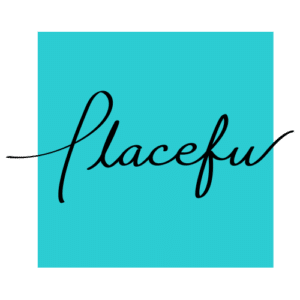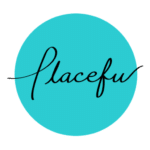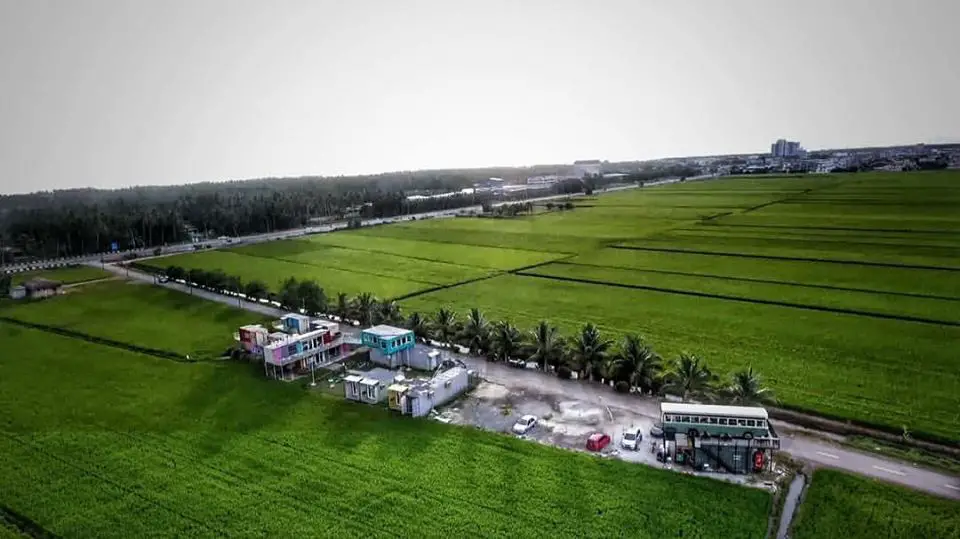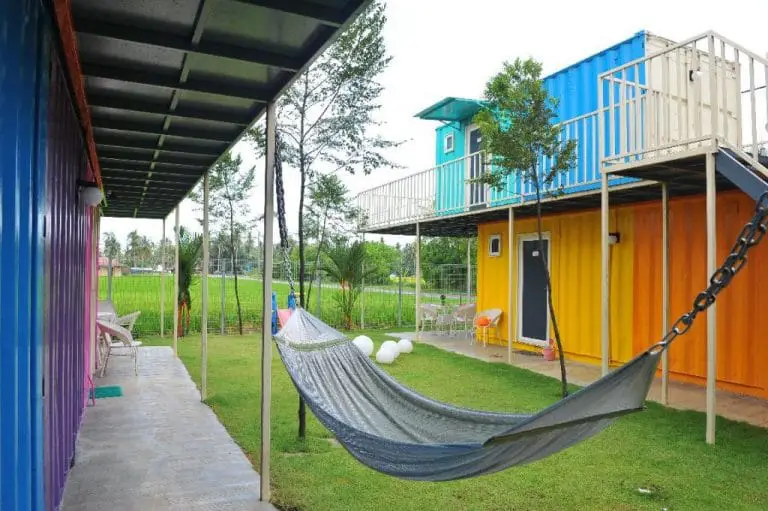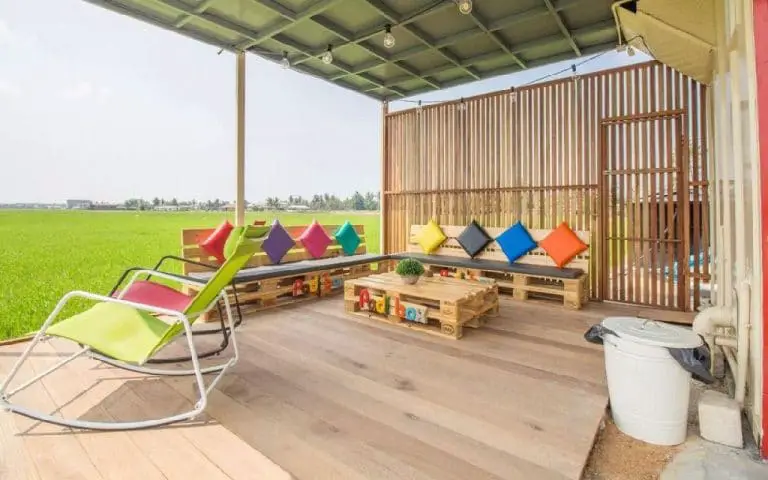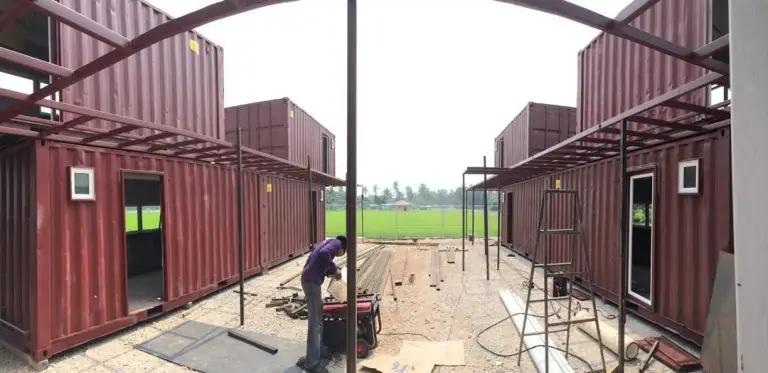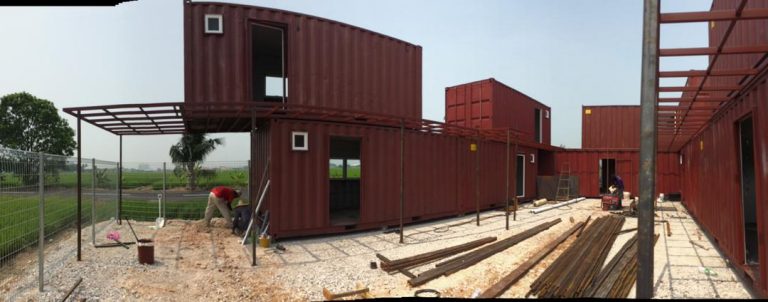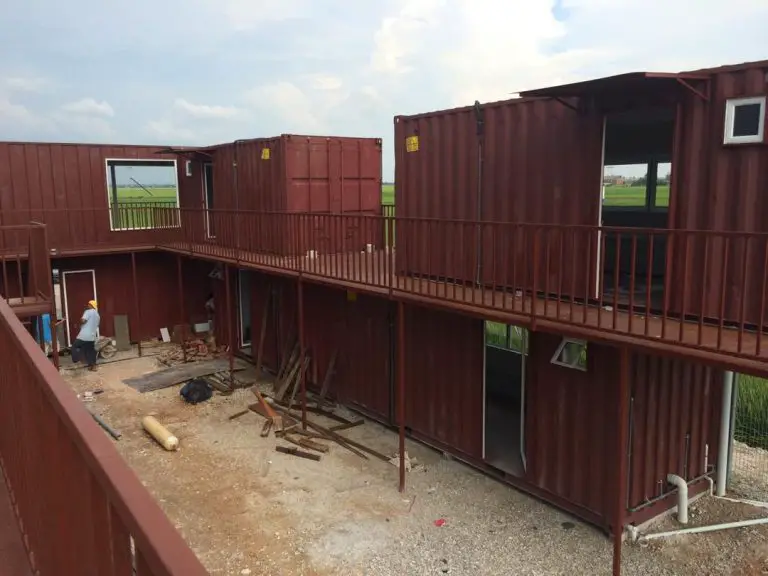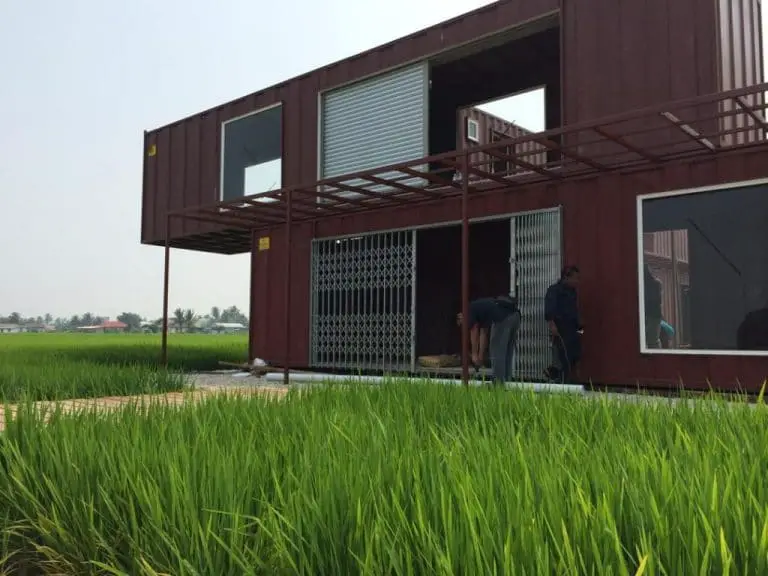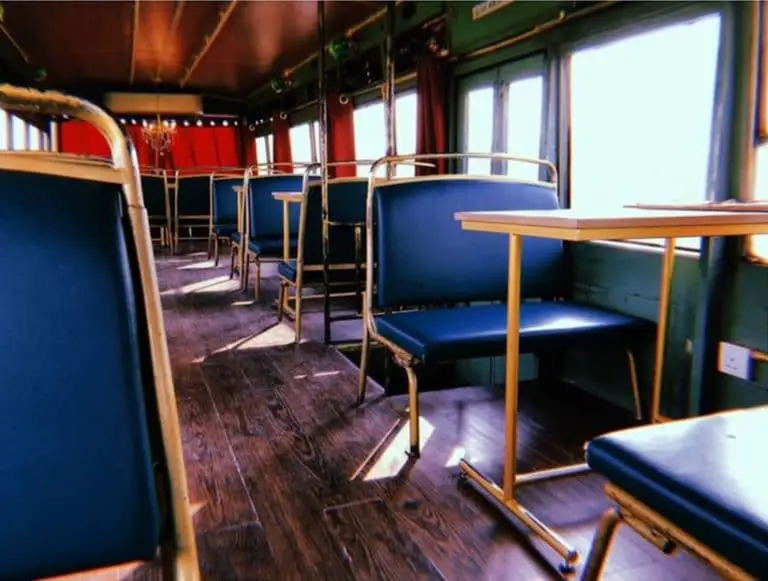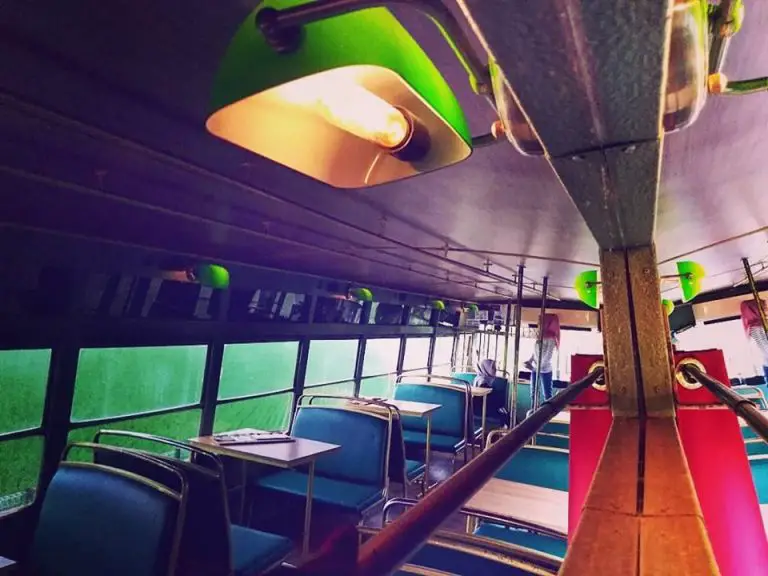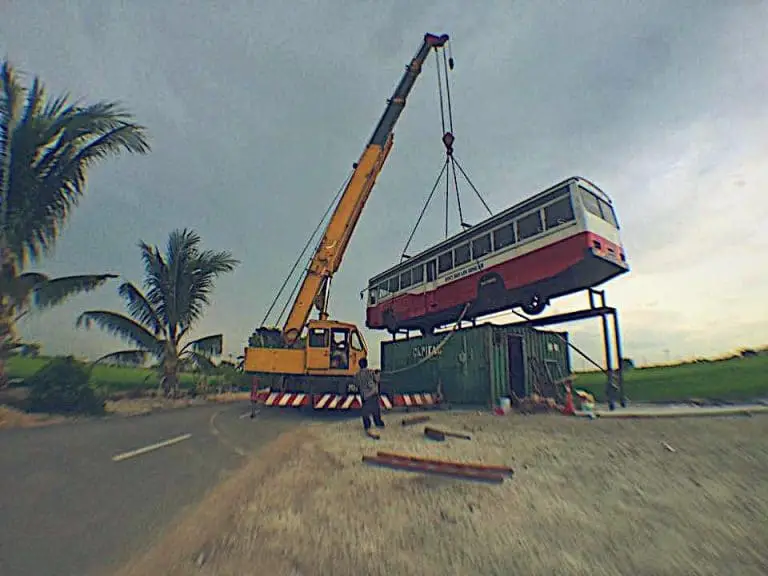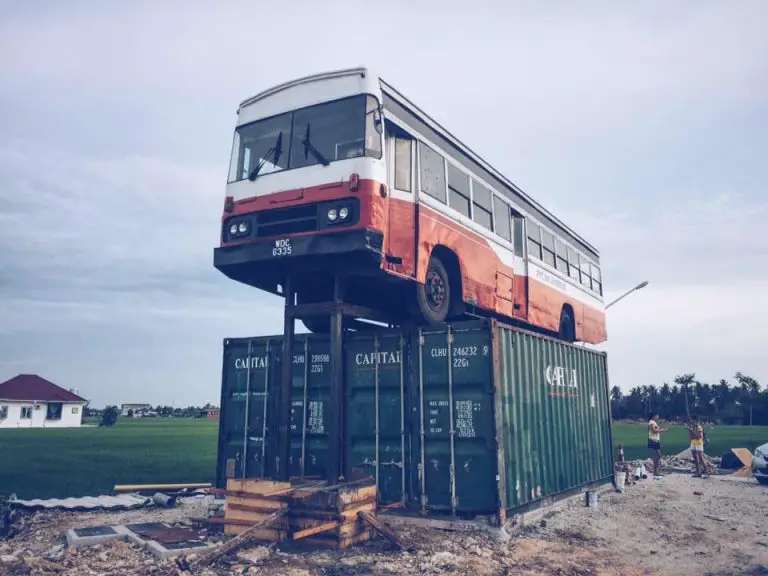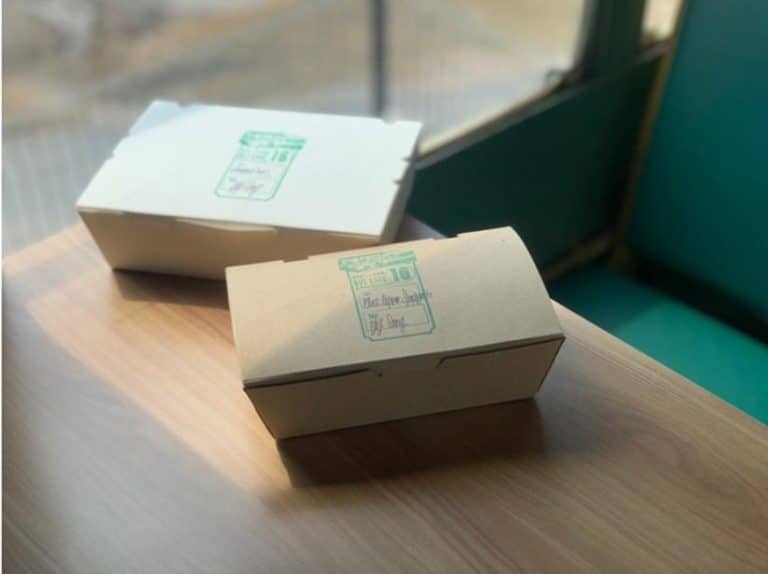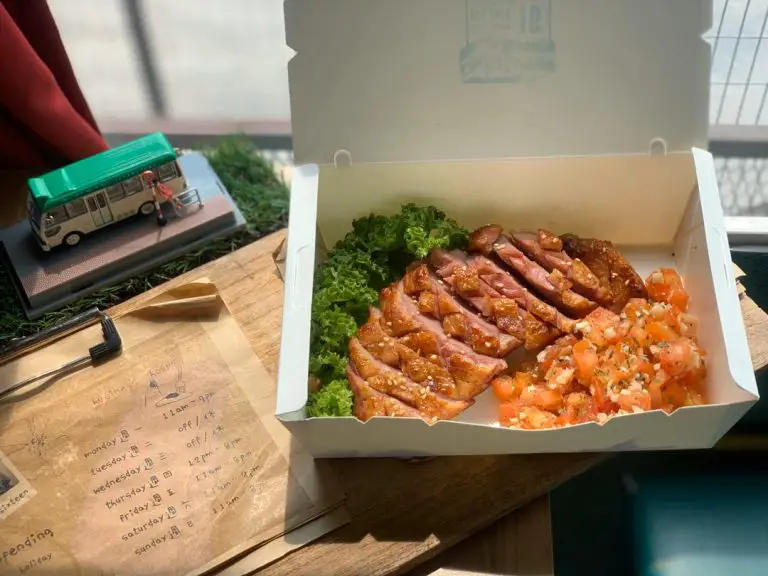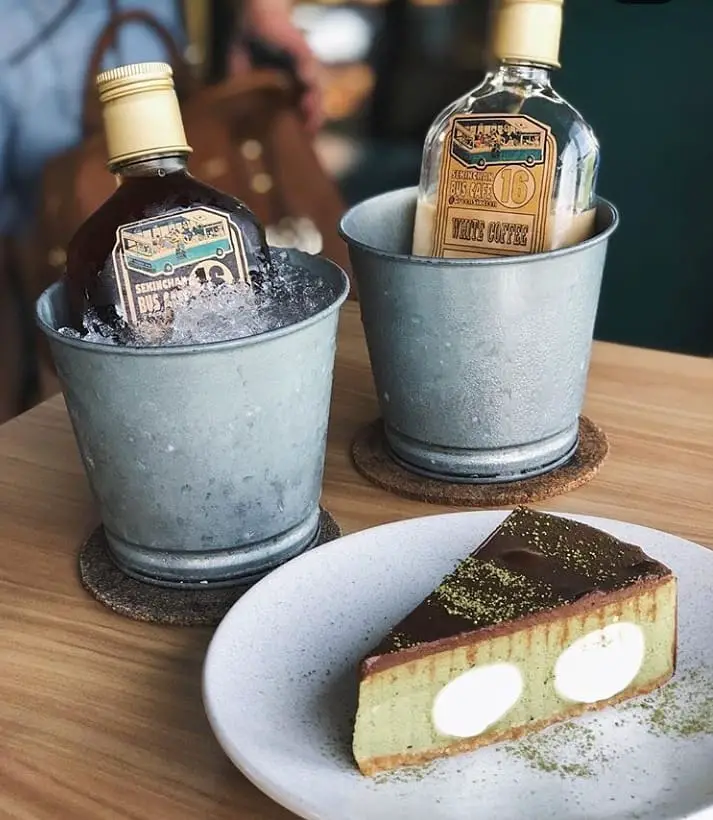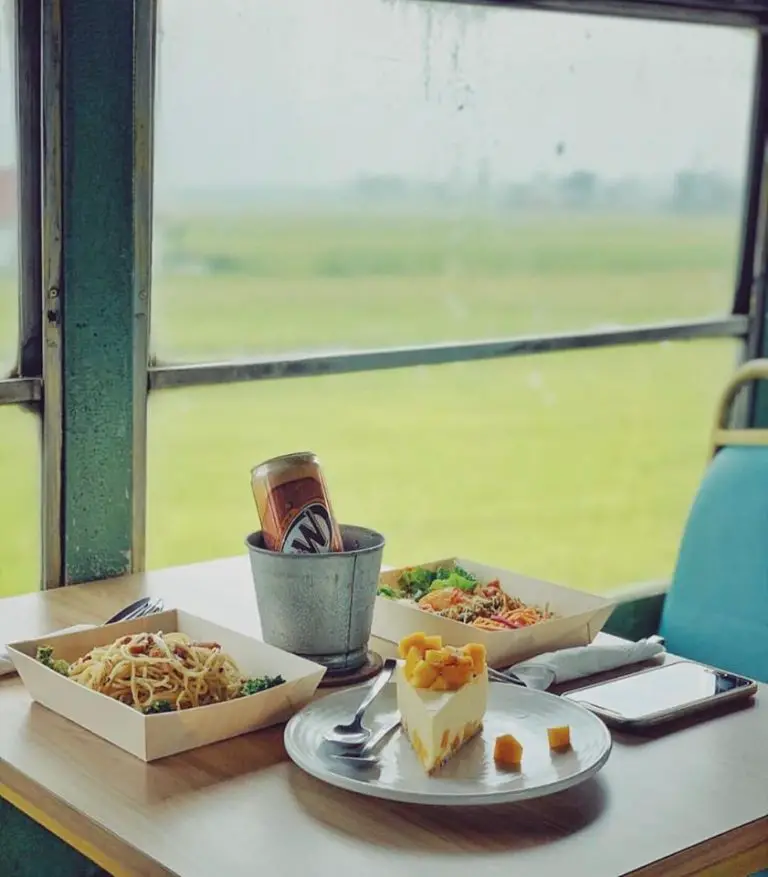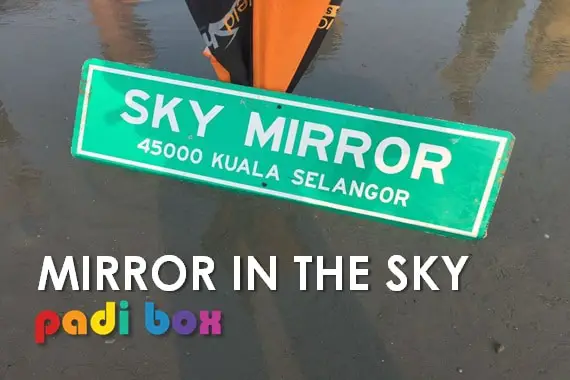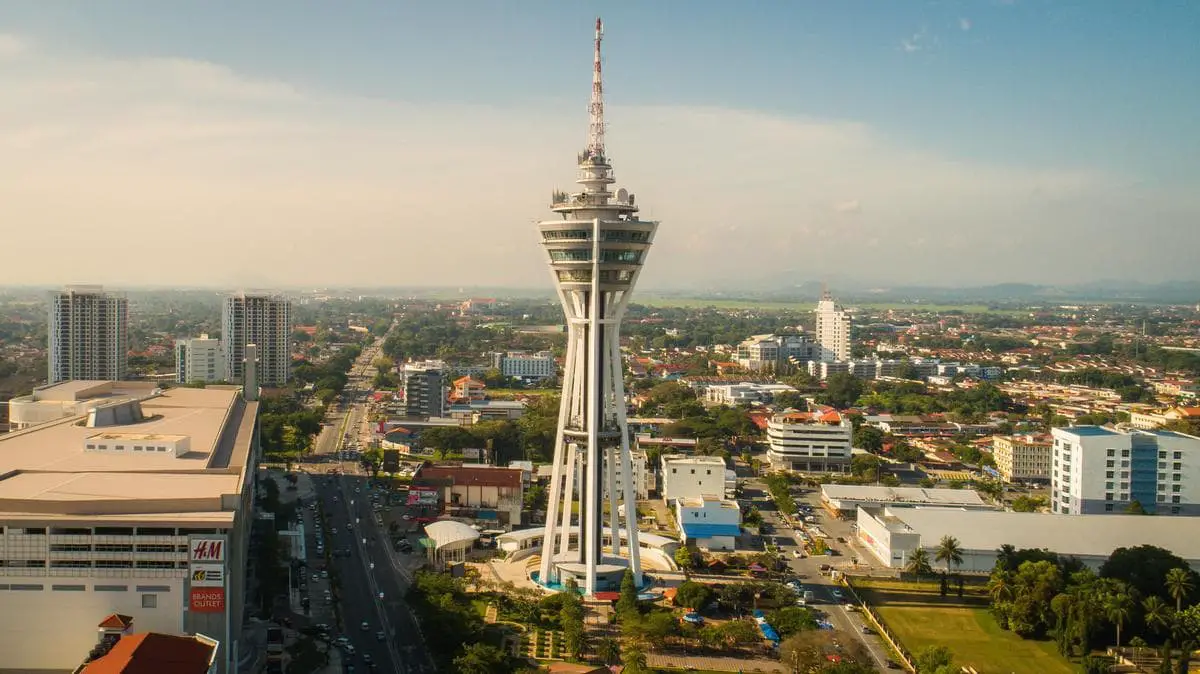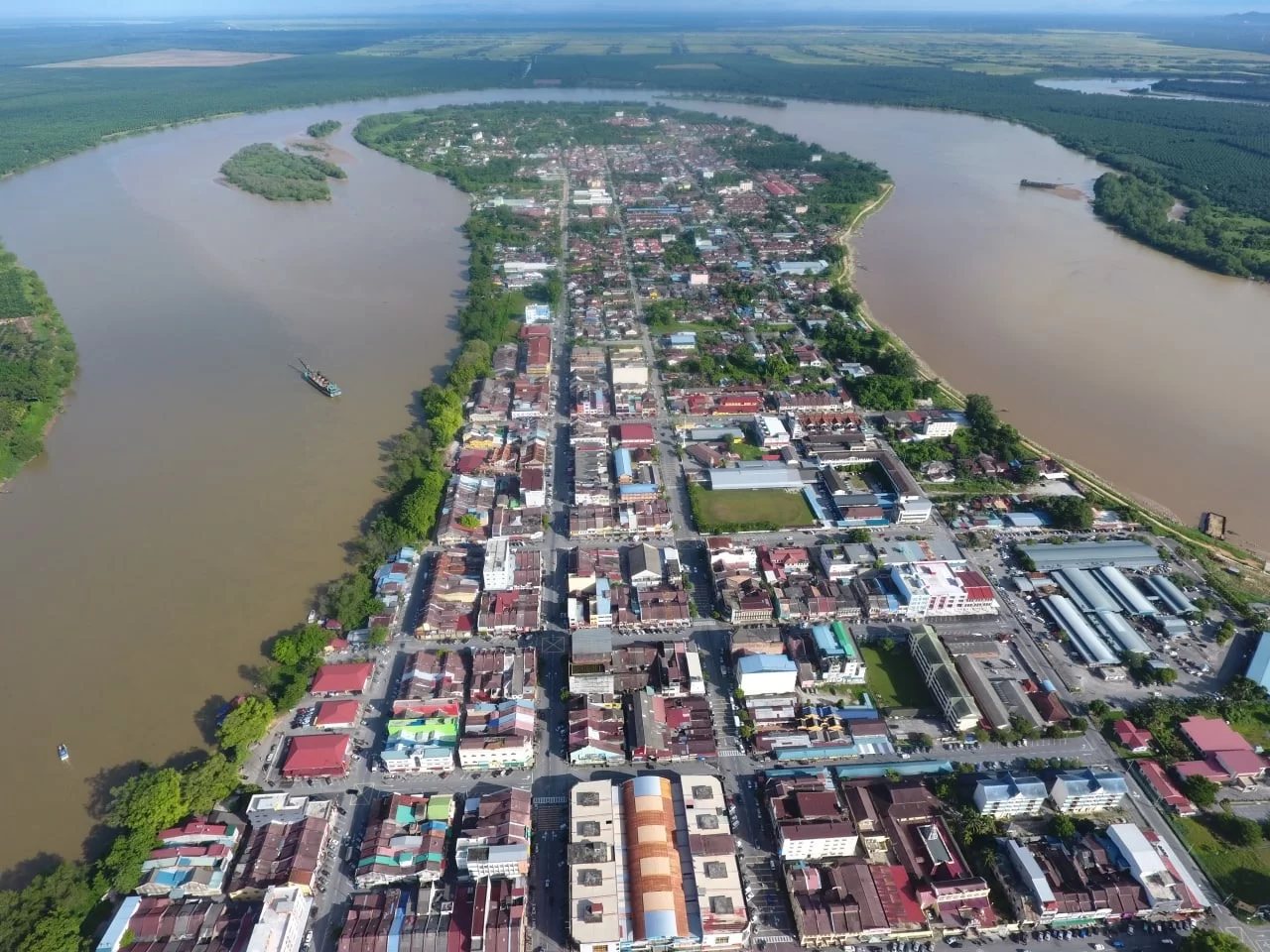Imagine this – You’re resting in a cozy, cooling and beautifully-decorated container. You gaze out. The container overlooks several others beside and opposite yours. You look a little further, and you see a vast field of green – the famous paddy fields that Sekinchan is known for. As the evening sets, you take a walk outside your container.
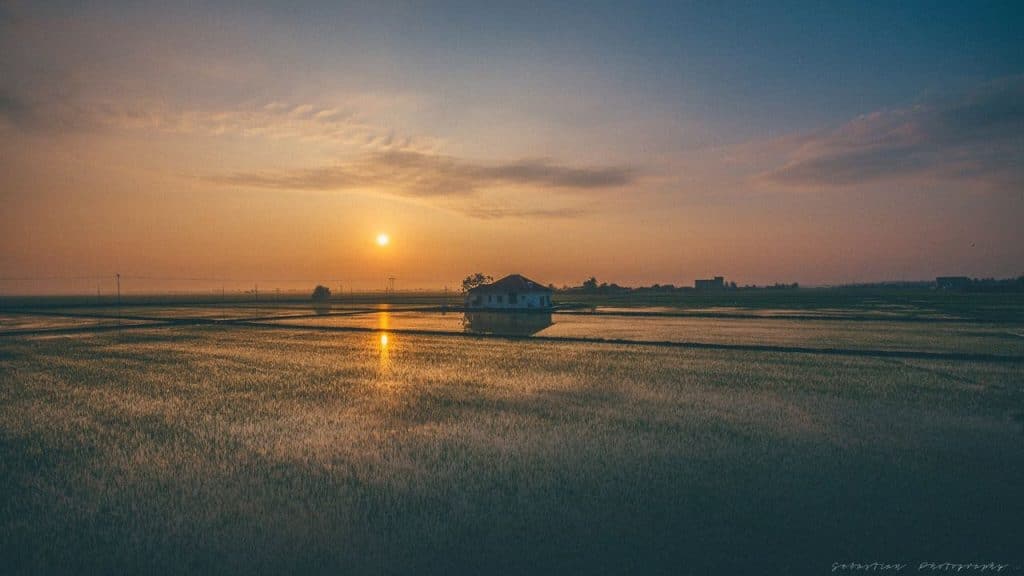
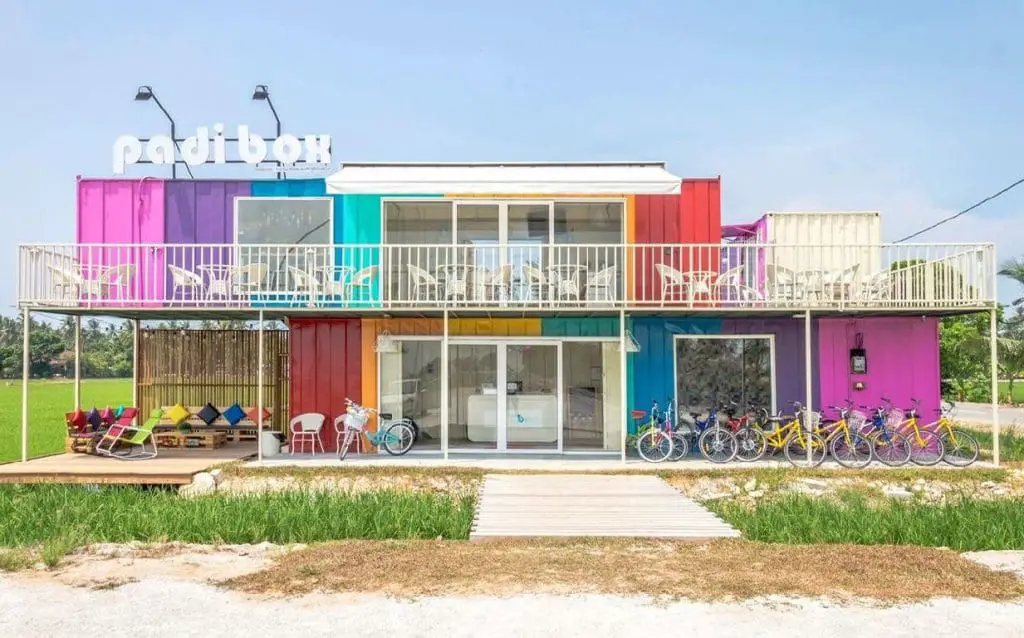
In the article below, they will share the story of PadiBox and how the homestay came to be. Keep reading to find out more!
1) Please introduce yourself and how did PadiBox start?
It started with a dream. Wilson was an accountant, and he worked in KL for several years before he realized that he wanted to lead a life that does not revolve around a typical 9-6 job. So, he started searching for inspiration and stumbled upon an up and rising concept – converting containers into lodgings.
The concept caught his attention. At the time, this concept was already popular in many other countries, but not in Malaysia.
2) Was there any particular reason that you chose to build the homestay at the paddy field?
The greatest feature of PadiBox is its surroundings. The vast fields often offer a sense of tranquility, and we hope that our guests can escape the city life when they visit PadiBox to experience life in the paddy fields for a change.
The colorfulness of the containers was set up so that the container could stand out among the fields. Wilson hoped that the guests can feel the homestay’s vitality and happy mood.
Some of PadiBox’s guests even gave the homestay a nickname: “A rainbow in the paddy field”! It’s fair to say that the colors of PadiBox really did successfully set the tone for the guests.
Inside PadiBox, each container is equipped with two double beds, a washroom, and a TV. Since most of PadiBox’s guests are families on vacations, the design of the room is clean and simple.
Wilson hopes that the semi-transparent curtains would welcome every guest to see and experience the morning sun in the paddy fields every day.
3) What’s the biggest challenge to building rooms with freight containers?
The most challenging task is to start building a homestay on the empty land with no utility systems – there was no electricity, water, sewage or plumbing.
Without neither background nor knowledge in the technical field, Wilson spent a lot of time planning the basics on how to build comfortable and practical rooms for the guests.
Even today, the homestay still faces several problems. Wilson often brainstorms with his staff to find the best solution to the issues. He also asks for feedback from his guests.
He knew that hospitality is one of the most challenging industries to work in, and so, Jacelyn and Wilson continuously maintain, upgrade and improve their lodging to keep up with the current trends and client expectations.
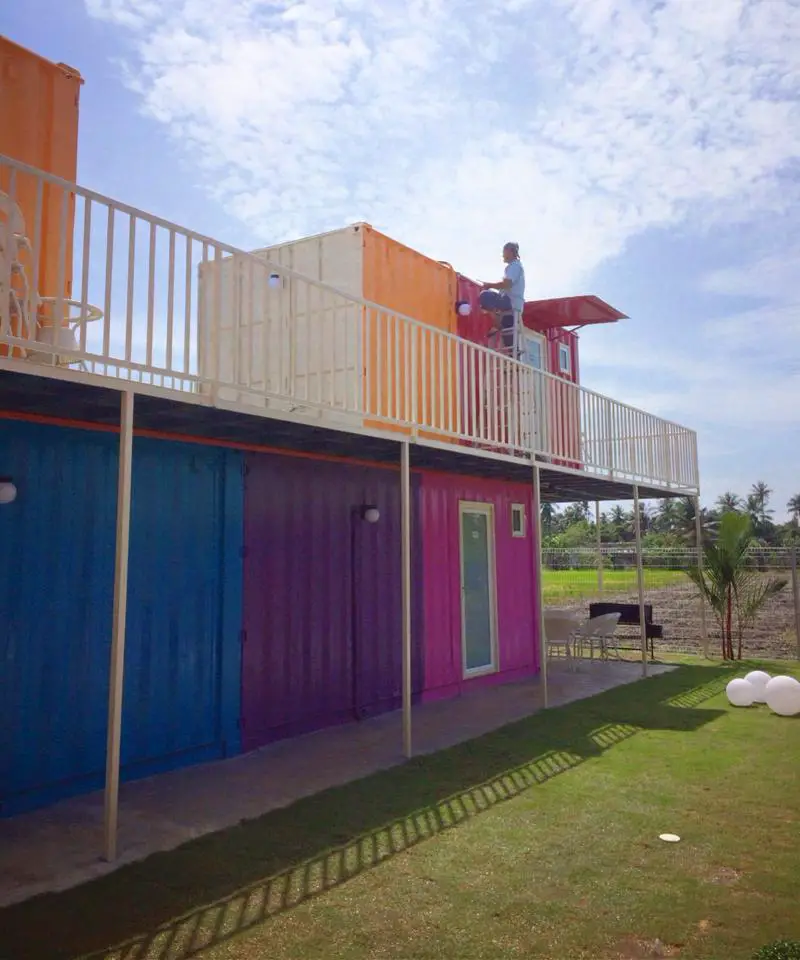

It’s not easy to maintain a lodge in this tranquil, boundless land. The homestay has to be repainted every three to six months, and mosquitoes are often present during the farming season. As you can expect, housekeeping isn’t easy here!
4) How long did it take you to complete PadiBox?
5) Are you the one who designed the homestay?

They modified the design to make it a style more suitable for Malaysians and held discussions with contractors on how to make the design a reality.
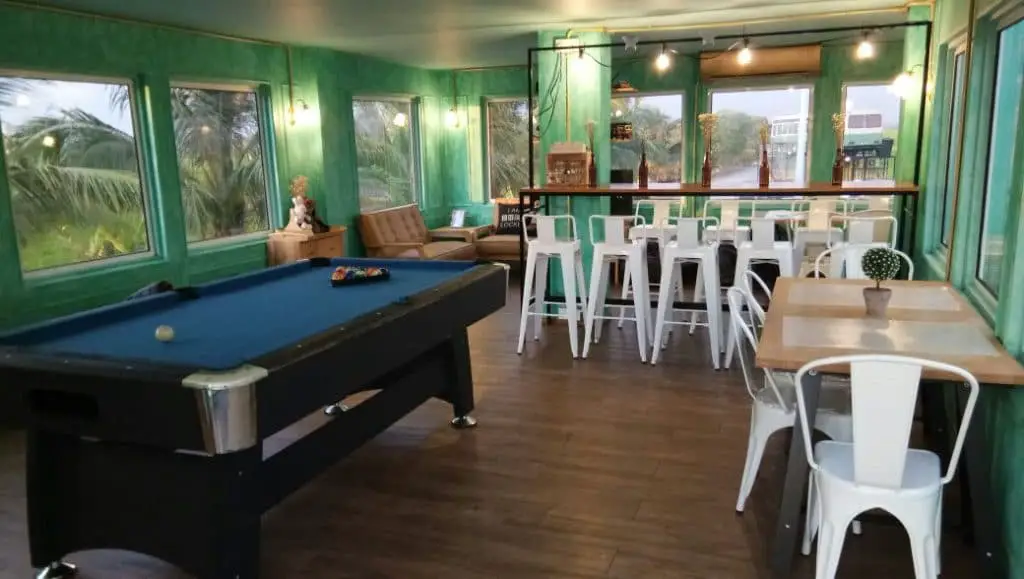
6) Could you tell us more about the Green Sixteen cafe and its relationship to PadiBox?
Coincidentally, YY, the owner of Green Sixteen Cafe also designed a new room series for PadiBox and started to work with them.
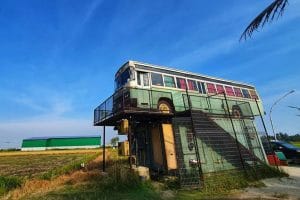
The concept of Green Sixteen allows visitors to temporarily escape the city life and start enjoying the beauty of Malaysia instead.
The cafe’s name has a Cantonese origin – 拾綠號巴士, reflecting greenery and buses. The first three characters are pronounced in the same way as ‘Sixteen’ in Cantonese too, so the name clearly reflects everything we want it to.
7) What inspired you to have the floating bus idea? Was it done to modify the bus interior?
YY loves Hayao Miyazaki’s work, and the floating bus idea was heavily influenced by him. He wanted to bring the beauty of the movie to life so that visitors can experience it.

In fact, YY used to work in the film art directing industry, and so the internal renovations seen are hardly a big challenge at all! The biggest challenge in the task however, still lies in the logistics of how to get the bus hung up in mid-air.
8) Can you share what's on the menu at Green Sixteen Cafe?
There aren’t many meal selections since there is limited space in the bus and we want to minimize the waiting time for our guests. We follow the concept of buses here, so the food is served in lunch boxes just like how you would expect to be served on a trip in the bus.
9) Have you met any unforgettable guests that make a great story to PadiBox?
We met a lot of guests from different countries. One of our guests from Italy actually became a friend of ours! We were ecstatic when our efforts were appreciated by our guests.
10) Is there anything else you'd like to share with the audience that we didn't ask?
In recent years, Wilson is also actively developing the tourism route of Kuala Selangor-Sekinchan, hoping to make a contribution to the tourism industry in his hometown.
Next, we will focus on the renovation and refreshment facilities. We hope to give every guest a pleasant experience and a chance to re-charge before they continue on their journey.
With all these wonderful answers and descriptions by Wilson and Jacelyn, we’re sure that you’ll want to visit Sekinchan during your next holiday – even if it’s just to give PadiBox a quick visit.
